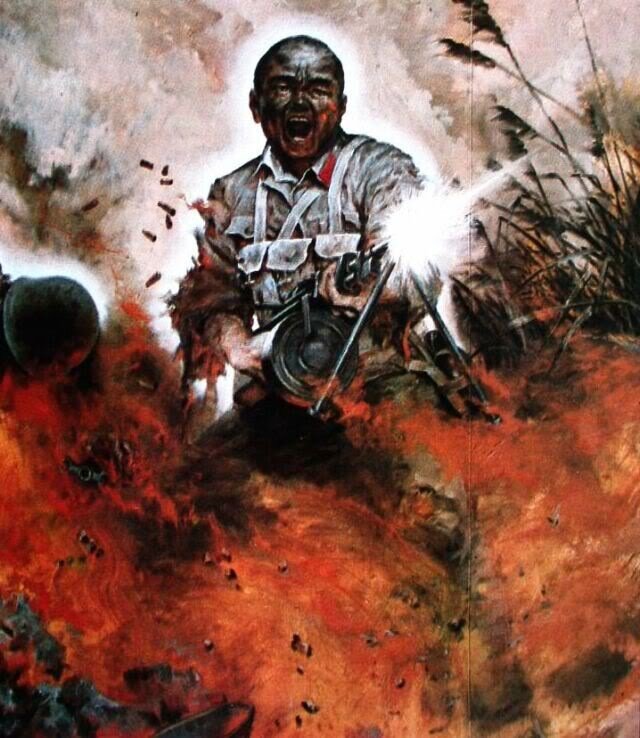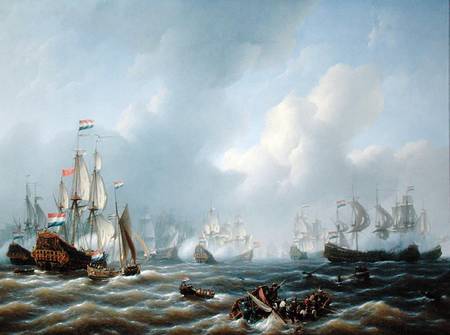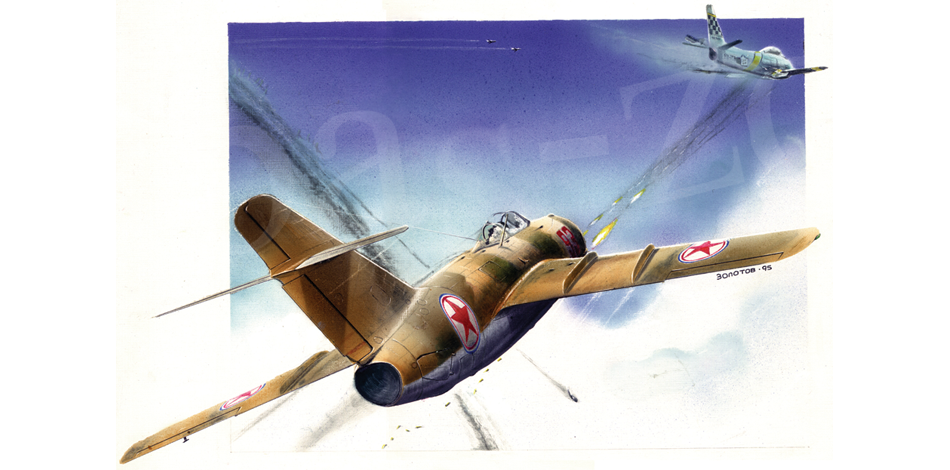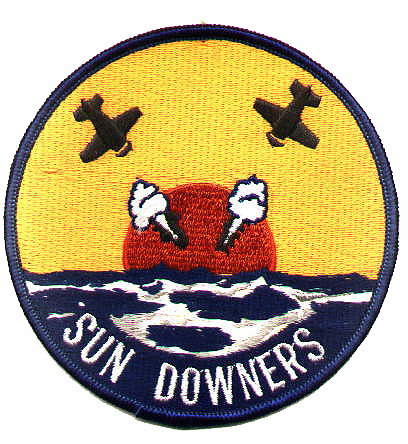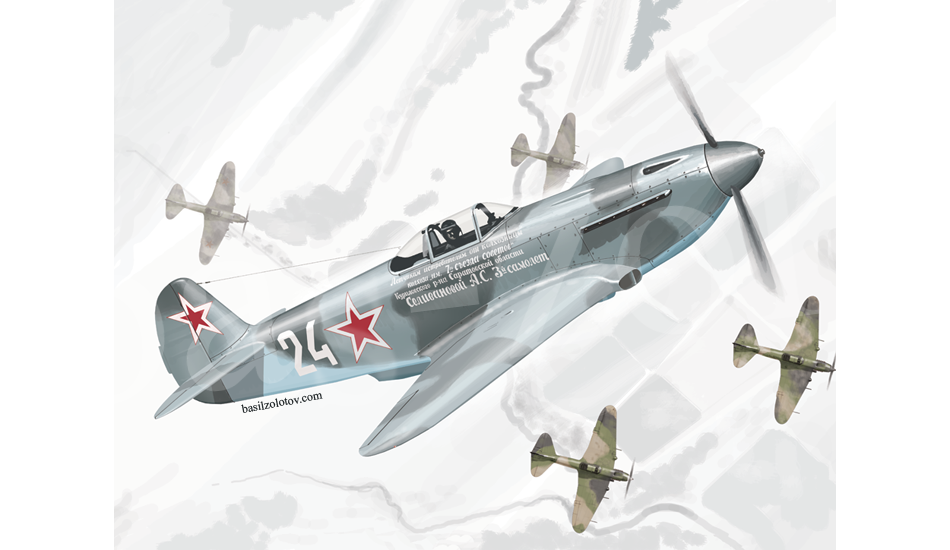Volvemos a Cuba:
La Guardia Nacional de los EE.UU. XX:
The U.S. Field Artillery March (No he encontrado Artillería Ligera):
http://www.youtube.com/watch?v=UG99ZaSG9bE
 The Utah Light Artillery - Keith Rocco.
The Utah Light Artillery - Keith Rocco.
El 6 de abril de 1898, el Congreso declaró la guerra a España y, el Presidente
William McKinley organizó las fuerzas de los Estados Unidos para
"la Espléndida Guerrita" (sin comentarios, porque si los hago...) (Al final os muestro el texto original. ¡¡¡Manda narices la frasecita!!!). Entre las decenas de miles de tropas regulares, se encuentra la Milicia de la Guardia Nacional, entre las cuales sirvieron en Filipinas, 343 Guardias de Utah. El 1 de mayo, después de la victoria aturdidora de la Marina en la Bahía de Manila, McKinley autorizó la invasión para capturar el archipiélago.
Organizada en dos Baterías, la Utah "Light" Artillery entro en el Servicio Federal el 9 de Mayo en Fort Douglas, Utah, trasladándose poco después a Camp Merritt, cerca de San Francisco, formando parte de la Brigada del Brigadier General Francis V. Greene, integrada en el U.S. VIII Corps, al mando del Major General Wesley Merritt.
Dejando San Francisco, la Brigada de Greene levantó la bandera estadounidense en Guam y luego llegó a la isla de Luzon el 17 de julio de 1898. En Filipinas, 15,000 Americanos no sólo afrontaron a 13,000 soldados españoles, sino, también, a un Segundo Ejército de aproximadamente 12,000 rebeldes filipinos a las órdenes de Emilo Aguinaldo. Los rebeldes habían estado luchando por su Independencia Naciona y esperaban la ayuda americana. Cuando Merritt ordenó alejar) a los rebeldes de la lucha contra España, estos se convirtieron en su segundo enemigo.
El 13 de agosto, la Artillería del Utah apoyó a la Brigada de Greene cuando esta atacó "la Ciudad Vieja de Manila". La batalla fue predeterminada para preservar el honor español y reducir al mínimo las víctimas. Los rebeldes, sin embargo, hicieron esto imposible. Las fuerzas americanas avanzaron rapidamente contra las defensas españolas, en una carrera desarrollada con los rebeldes de Aguinaldo para hacerse con el centro de la Ciudad Vieja. Las Baterías de Utah disparaban y cambiaban de posición varias veces, para proporcior un apoyo cercano y exacto a los ataques de la Infantería.
La Utah Light Artillery continuó en el Servicio Federal durante otro año y luchó contra la Insurrección Filipina hasta regresar a Utah en Agosto de 1899. La 145th Field Artillery, Utah Army National Guard, porta hoy la historia y las tradiciones de la Utah Light Artillery.
On April 6, 1898, Congress declared war on Spain and President William McKinley organized United States forces for the "Splendid Little War." Of the tens of thousands of regular, volunteer and National Guard (Militia) troops who served, 343 Utah Guardsmen saw service in the Philippine Islands. On May 1st, after the Navy's stunning victory at Manila Bay, McKinley authorized an invasion force to capture the Philippine archipelago from Spain. Organized into two batteries, the Utah "Light" Artillery mustered into federal service on May 9, 1898 at Fort Douglas, Utah. Shortly thereafter, at Camp Merritt near San Francisco, the Utah Artillery became part of Brig. Gen. Francis V. Greene's brigade of the U.S. VIII Corps under the command of Maj. Gen. Wesley Merritt.
Leaving San Francisco, Greene's brigade first raised the U.S. flag in Guam and then arrived on the island of Luzon on July 17, 1898. In the Philippines, 15,000 Americans not only faced 13,000 Spanish soldiers but a second army of some 12,000 Philippine rebels under Emilo Aguinaldo. The rebels had been fighting for national independence from Spain and hoping for American assistance. When Merritt ordered to keep the rebels out of the fight against Spain, the rebels became a second possible enemy.
On August 13th, the Utah Artillery supported Greene's brigade as it attacked towards the "old" city of Manila. The battle was predetermined to be a "limited" one in order to preserve Spanish honor and minimize casualties. The rebels, however, made this impossible. As American forces moved quickly against the Spanish defenses, a race to the old city center developed between the Americans and Aguinaldo's rebels. The Utah batteries fired and re-deployed several times providing close and accurate support for the infantry attacks.
The Utah Light Artillery continued in federal service for another year and fought in the Philippine Insurrection until returning to Utah in August 1899. Today's 145th Field Artillery, Utah Army National Guard, carries on the history and traditions of the Utah Light Artillery.






